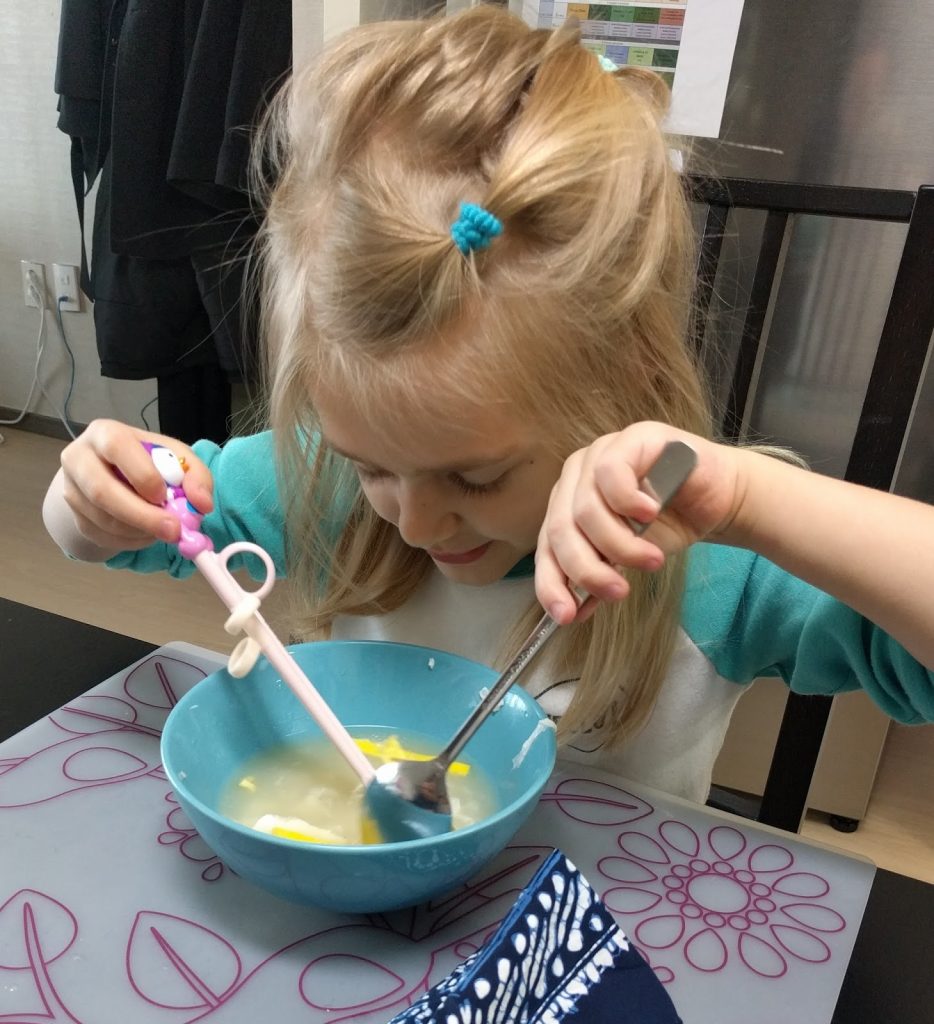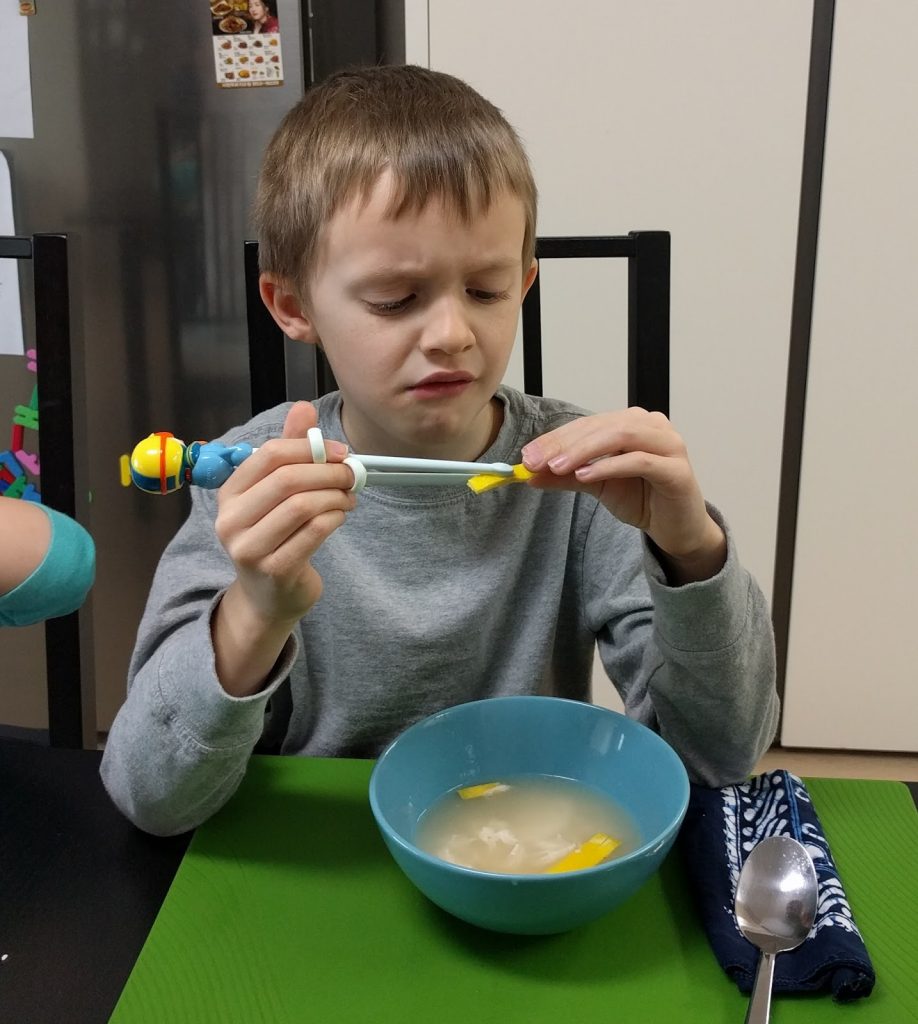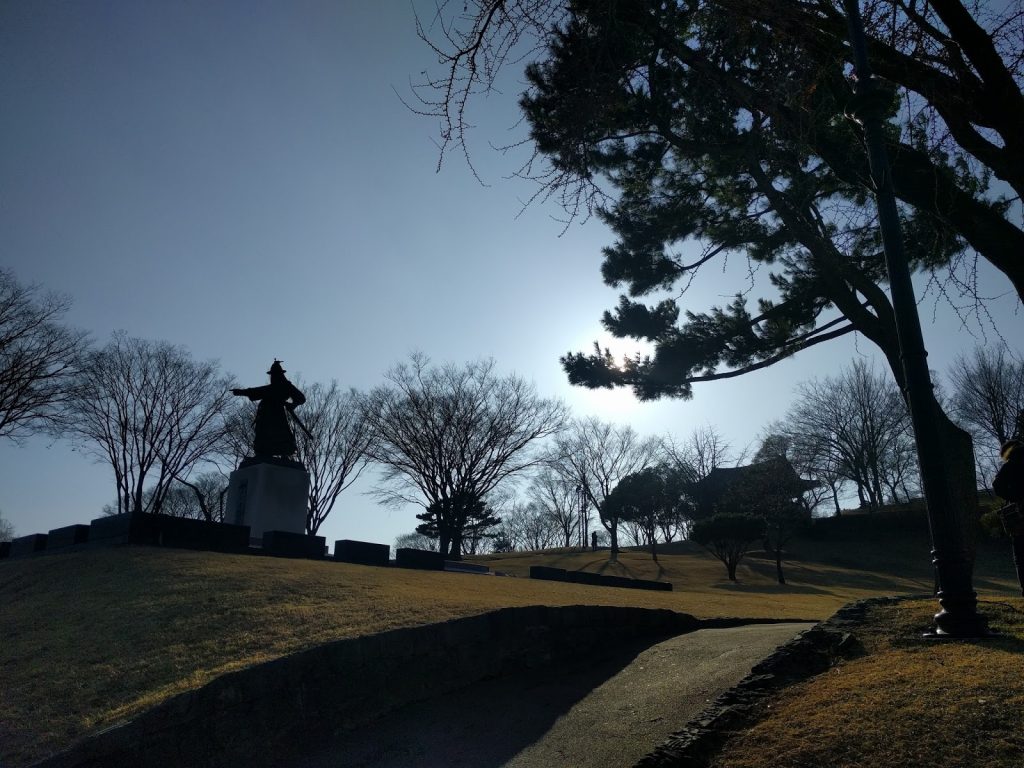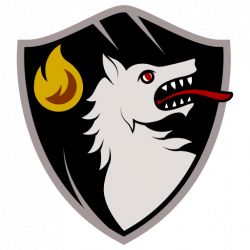We celebrated my birthday this week. I am almost to the half way point, getting creakier by the year. But we don’t need to talk about that right now… let’s talk about a more exciting celebration!
Korea celebrated Seollal the last weekend in January. Seollal, or Korean New Year, is the first day of the Korean lunar calendar and one of their biggest celebrations of the year. It is a 3 (or 4) day public holiday, and a time when everybody returns home or gathers with their families for fun, food, and games. Or, if our language teacher’s facial expression was to be believed, just food and games. And maybe not even games.
In case you are wondering how it is calculated, the first day of the lunar calendar is the day of the second new moon after winter solstice. … Yeah, I didn’t know that either.
Historically, Seollal was packed full of religious significance. Some of that lingers today, but from what I’ve heard, many of the traditions now are just traditions. It’s kind of like Christmas in America: religious for some, not so much for others, a time for families to get together and exchange gifts and eat a bunch of specific foods that the new daughter-in-law is begrudgingly forced to cook.
In the weeks leading up to Seollal, stores were filled with a variety of gift packs. And yes, do I mean variety. We saw everything from traditional berry wines (we bought some to try) and whole ginseng all the way to shampoo and fancy body soaps. There were traditional confectionaries, persimmons, Asian pears, oranges, socks, undies, lotions, facial care products, tooth care products, crazy looking mushrooms, oils, vinegars, seaweed, “flavors of the sea” spices, Spam, nuts, anchovies, and my personal favorite: nuts and anchovies. I desperately wanted to take pictures of all these things, but in every store we visited, the Seollal Gift Box section was swarming with sales ladies who would pounce the second you paused in front of anything.
“No, thank you, I’m not really interested in… what is that? It looks like something you’d get arrested for growing in rural Colorado.”
I managed to take just one shot by standing still in an aisle, mumbling, and pretending to reply angrily to a text message until it got awkward and the hovering sales lady walked away.

Our E-Mart also had a section set up for children’s hanbok and accessories and bokjumeoni – silk money bags. The bokjumeoni are for the sebae, or “elder worship” ritual. Dressed in hanbok, children honor their grandparents and elders by offering a deep bow and wishing them good fortune in the new year. Grandparents then give the children sebaetdon, or new year’s money, in bokjumeoni.
I am glad our store had this section, because I received a text from Lena’s teacher one night telling me that they were going to have a Seollal party the next day, and to send her with hanbok. So the girl and I ran to the store before it closed, confused a sales lady with my awful pronunciation of 그녀는 학교에 한복이 필요하다 (I finally just typed it and showed it to her; she understood, but I realized later that’s the wrong word for “she” and I forgot to properly conjugate “to need”… oh, well), picked out a pretty one, then came home to try it on. Lena loves her “pretty Korean dress.” She performed several interesting dances for me, which she insisted were dances that “people who wear this dress do.”

At Lena’s school Seollal party, the kids got all dressed up in their hanbok and played some traditional games, such as yutnori, the throw-marked-sticks-on-a-board game. Lena said this was her favorite. There was also the throw-sticks-into-a-pot game, throw-rings-on-a-stick game, shake-a-fuzzy-thing game, and tug-of-war. At the end, all the children practiced their sebae.

Side note: A classmate apparently taught Connery how to do sebae also, so the kids drew us New Year cards and performed a bow for Aaron and me on Seollal. It was pretty cute. It would have been a lot cuter had Connery not been in his underwear at the time, but whatever.
The children did not get any sebaetdon at Lena’s school party, but walking home that day, a grandpa hanging out at the roasted hazelnut food truck saw Lena and lost his mind. He talked with us for quite a bit. I have no idea what he was saying, but I heard something about Seollal and Korean culture and he just seemed really excited. He gave Lena a bunch of hazelnuts while saying something about grandmother and grandfather (two of the few words I recognize). Then, he forced her to bow and gave her money… which wasn’t as creepy as it sounds.
I’d read somewhere that a couple years ago there was a New Year’s Eve celebration up in Jinju at Jinjuseong, the fortress. I couldn’t find anything about it this year, though, or any other place that had celebrations or fireworks. I couldn’t even find any celebrations on TV. All I could find was the CCTV New Year’s Gala, aka the Spring Festival Gala, aka Chunwan, the big Chinese song and dance spectacle watched by over 700 million people each year, making it one of the most – some say the most – watched TV program in the world. There were hundreds, probably thousands, of performers, all of whom were amazing. Lots of costumes, lots of sets, lots of sparkles and smiles and makeup, lots of rows upon rows of people all in perfect coordination. And lots and lots and LOTS of CGI.
Beginning: “WHOA! How did they do that??”One hour in: “Wow! How did… wait a minute…”Two hours in: “Yeah, that’s totally fake.”Ending: Aaron walks in. Aaron: “WHOA! How on earth do you make chicken-shaped fireworks??” Meg: “CGI.” Aaron: “……Ahhh, yeah. I see it now.”
In fact, I heard that fireworks were banned in northern China this year due to the ongoing smog problem.

The day of Seollal, we didn’t do much. I tried making tteokguk, a traditional soup made of tteok (rice cake) and beef broth and topped with things like sliced beef, eggs, peppers, and seaweed. I found a recipe that was pretty simple, hoping the kids would try it. Boil beef broth and add the tteok. Separate an egg yolk from the whites. Fry the yolk like a thin pancake, then slice. Add the egg whites to the soup after the tteok become soft and start floating. Ladel into bowls and top with egg yolk slices, etc. I’ve read various things about tteokguk: it will add a year to your life; the tteok are coin sliced to symbolize prosperity; it represents you turning one year older;* you must eat one tteok for each year of your age (no idea how this works past age 20 or so).
I thought it was pretty yummy. How about the kids?


That night, we tried another new meal: a bbq at the table with our brand new MASTER J portable grill. The Master J is fabulous. It comes with a grilled meats top that has vents for grease and also a deep pan with a lid. (And it cleans up like a dream.) The kids loved it. Some beef and pork and marinated chicken, mushrooms, sprouts, carrots and peppers, sliced garlic cloves, rice on the side, soy sauce and fermented spicy soybean paste. Ohhhhhh, yeah. The kids loved it so much, in fact, that they insisted we do it again the next night. Only, we skipped the beef second time around, because those six thin slices cost something like $30.

On the last day of the holiday weekend, we drove up to Jinjuseong to visit a Seollal cultural festival at the Jinju National Museum. Entrance was free for the holiday. The festival was… somewhat anticlimactic. In fact, it was little more than a few scattered tables and since I didn’t know what to do at them, we just skipped it. But since entrance was free, we wandered around the museum for a while and, if you know me, you know I love me some museum. Ancient pots and swords and manuscripts and turtle boat replicas and centuries-old Japanese graphic novels and a big model of what the fortress used to look like. And let me just say, those medieval Japanese knew how to craft some intimidating armor. Jinjuseong was the site of several battles with the frequently-invading Japanese, and there are some fabulous stories to be told (more on that later).
The fortress grounds, and especially the museum, were full of people. There were families and young people everywhere.
“How cool so many people came out here for the holiday,” I thought. “Although, they sure are spending a lot of time on their phones.”
Aaron noticed it, too. After glancing at a passing phone, he suddenly laughed and said, “Oh, yeah. Pokémon Go launched in Korea last week.”
That’s right. Every single person there was playing Pokémon Go. Free entrance = free chance to catch some rare pokémon. Should we join them? … Meh. I’ve got enough on my to-do list as it is.







*Korean age calculation is a bit different than in the west. When you are born, you are 1. Then, you add a year at New Year’s. So, for example, my niece who was born in November, would be considered 2 years old the following January, even though by our calculation she was only 2 months old. Now, they also have a “birthday age” that is more like western calculations, and this is used for things like legal drinking age, etc. Schools, though, use the Korean system. That means Lena, who is 4, will be starting in the 6-year-olds class at her Korean school when the new school year begins in March.

